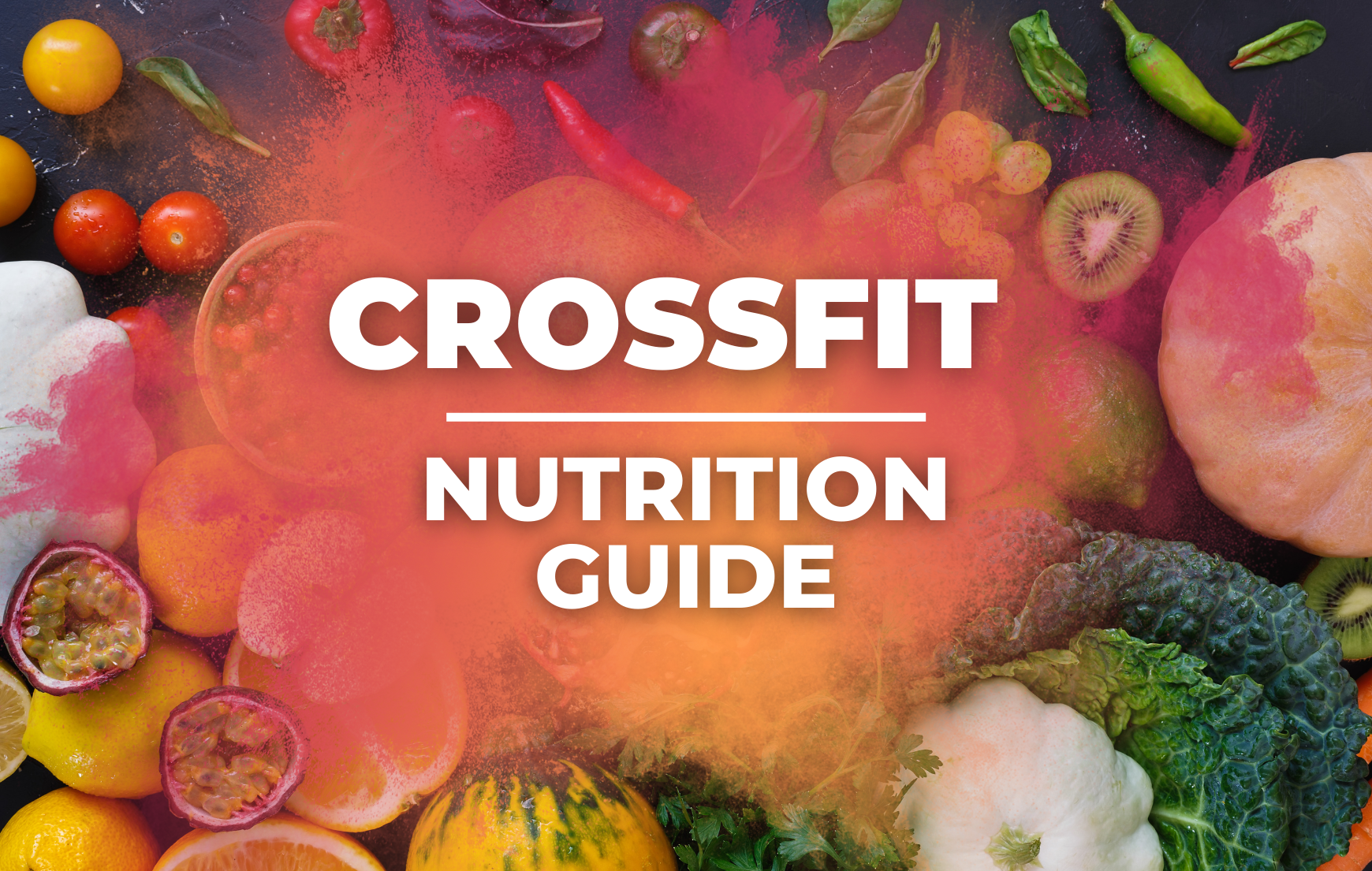CrossFit is a high-intensity sport that demands not just physical strength but also a strong nutritional foundation. Nutrition plays a pivotal role in how well you perform in your CrossFit workouts and how quickly you recover afterward.
This comprehensive guide aims to cover everything you need to know about CrossFit nutrition, focusing on three key aspects: macronutrients (macros), meal timing, and supplements.
The Importance of Nutrition in CrossFit
Nutrition is the cornerstone of any athletic endeavor, but it’s especially crucial in high-intensity sports like CrossFit. Proper nutrition can improve performance, speed up recovery, and even prevent injuries.
According to a study published in the Journal of Sports Science & Medicine, athletes who followed a balanced diet showed significant improvements in performance and reduced muscle fatigue.
Furthermore, nutrition also plays a role in mental clarity, which is essential for maintaining focus during complex CrossFit movements.
Understanding Macros
Macronutrients, commonly known as macros, are the nutrients your body needs in large amounts. These are carbohydrates, proteins, and fats. Each plays a unique role in providing energy and aiding recovery:
- Carbohydrates: The primary source of energy. Ideal sources include whole grains and fruits.
- Proteins: Essential for muscle repair and growth. Lean meats and plant-based proteins like lentils are excellent choices.
- Fats: Important for hormone production and overall cellular function. Avocado and nuts are good fat sources.
For a CrossFit athlete, the ideal macro ratio might look like 40% carbohydrates, 30% proteins, and 30% fats, although this can vary based on individual needs.

The Timing of Your Meals
Nutrient timing refers to eating specific nutrients like proteins and carbohydrates at specific times around your workouts. Proper meal timing can make a significant difference in your performance and recovery. Here’s how to time your meals for optimal results:
Pre-Workout Meal
A balanced pre-workout meal should be consumed about 2-3 hours before your CrossFit session. This meal should provide sustained energy throughout your workout. Here’s a sample pre-workout meal:
Sample Pre-Workout Meal:
- Protein: Grilled chicken breast (150g)
- Carbohydrates: Quinoa (1 cup) and a medium-sized apple
- Fats: A handful of almonds
- Hydration: 500 ml of water
This meal provides a balanced ratio of macros and is rich in slow-releasing carbohydrates to sustain your energy levels during the workout.
Post-Workout Meal
The post-workout meal is crucial for muscle recovery and replenishing glycogen stores. It should be consumed within 30 minutes to an hour after your workout. Here’s a sample post-workout meal:
Sample Post-Workout Meal:
- Protein: Whey protein shake or plant-based protein shake for those who are lactose intolerant
- Carbohydrates: Sweet potato (1 medium-sized) and a banana
- Fats: Avocado (half)
- Hydration: Electrolyte-replenishing drink
This meal is rich in protein for muscle recovery and carbohydrates to replenish glycogen stores. The fats and electrolytes help in overall recovery and hydration.

Section 4: Supplements for CrossFit Athletes
Supplements can provide a convenient way to get essential nutrients that might be difficult to consume through food alone. Popular supplements among CrossFit athletes include:
- Creatine: For improved strength and performance.
- BCAAs (Branched-Chain Amino Acids): For muscle recovery.
- Whey Protein: For muscle growth and repair.
Always choose supplements from reputable brands to ensure quality and efficacy. It’s also advisable to consult a healthcare provider before starting any new supplement regimen.
Related: The 5 Best Protein Powders With BCAAs (2023)
Common Mistakes to Avoid
Many CrossFit athletes make the mistake of neglecting their diet, thinking that exercise alone will yield results. Common mistakes include skipping meals, not consuming enough protein, or ignoring the importance of hydration.
To optimize your CrossFit performance, a balanced diet is non-negotiable. For example, dehydration can severely impact your performance and increase the risk of injuries.

Case Study
Real-life examples can provide valuable insights into the effectiveness of proper nutrition in CrossFit. These case studies serve as empirical evidence supporting the importance of nutrition in CrossFit.
Emily, New CrossFit Enthusiast
Background:
Emily is a 28-year-old CrossFit enthusiast who had hit a performance plateau. Despite rigorous training, she wasn’t seeing the improvements she desired. After consulting with a nutritionist, she decided to overhaul her diet.
The Nutritional Plan:
- Macros: Emily started tracking her macros, aiming for a 40% carbohydrate, 30% protein, and 30% fat ratio.
- Meal Timing: She adopted a nutrient timing strategy, eating specific meals 2-3 hours before and within an hour after her workouts.
- Supplements: Emily added a whey protein shake post-workout and started taking BCAAs and Creatine as recommended.
The Results:
After six months of following the nutritional plan:
- Emily’s CrossFit performance metrics improved significantly. Her lifting weights increased by 20%, and her WOD (Workout of the Day) times improved by 15%.
- She experienced quicker recovery times and reported feeling more energetic during workouts.
- A decrease in body fat percentage from 22% to 18% was observed.
Conclusion
Nutrition is not just an adjunct to your CrossFit training; it’s an integral part of it. By understanding the role of macros, the importance of meal timing, and the supplements that can aid your performance, you’re well on your way to becoming not just a better CrossFit athlete, but a healthier individual overall.

You must be logged in to post a comment.